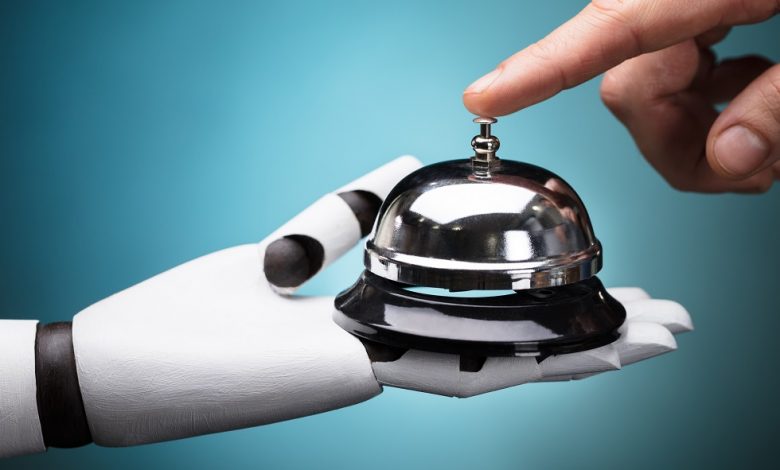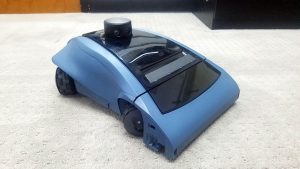
Three ways service robots are transforming hospitality
A valuable addition to the hospitality workforce? This year, global investment in the service robot market is expected to hit US$40 billion
Not so long ago, the idea of hotels adding robots to their workforce felt like a gimmick. And an ineffective one, at that.
The most notable example is the Henn-na Hotel in Japan, which ended up cutting over half its robotic workforce due to costly maintenance and technical mishaps that slowed down service and irritated guests. But things are changing.

This year, global investment in the service robot market is expected to hit US$40 billion — and reach up to US$267 billion by 2033. And in the hotel sector, service robots are becoming valuable additions to the workforce as they help increase efficiency, handle repetitive work and free up staff to focus more on guests.
Our latest AccomNews print issue is available now! Read it here.
With this in mind, here are three of the most effective ways they’re being deployed.
1. Vacuuming Robots
From cleaning rooms and corridors to public areas and banquet spaces, vacuuming robots are providing 24/7 assistance to keep hotels pristine. In the UK, budget hotel chain Travelodge is introducing robotic vacuum cleaners to help its housekeeping teams across its 579 properties.

Every member of the housekeeping team has been allocated their own ‘RoboVac Buddy’, which assists them by “thoroughly vacuuming” the room, including under the bed, and generally relieving the burden of a physically demanding job.
2. Waiter Robots
Waiter robots are also becoming welcome assistants in hotel restaurants. At the Sheraton Grand Sydney Hyde Park, a waiter robot is helping the bar team, improve customer service by bringing meals directly from the kitchen to the bar. This means that the team are able to focus on the guests and what they do best, serving drinks.
For the hotel, the robot is saving money and at the same time providing a better service. Its cute persona is also proving a big hit with the guests.
While they might be less agile than their human counterparts, waiter robots can carry more plates and never need a break. And as they take care of more physical and repetitive tasks, they can free up staff to interact and be more attentive to guests.
3. Delivery Robots
Delivery bots are arguably one of the most sophisticated forms of robotic automation being used by hotels. For instance, KEENON Hotel Robot W3 can make deliveries to guest rooms (from towels to food orders), all while navigating corridors and even taking the lift to reach different floors.
Once outside the door, it rings the in-room telephone to notify the guest that it’s waiting outside. After the guest has collected their items, the robot returns to the front desk or continues with its other assigned deliveries.
Do robots have a future in hospitality?
Service robots clearly aren’t going to replace human staff any time soon. But I do think over the coming decade, they’ll become more integral to hotel operations, including cleaning, deliveries, translation services and maybe even maintenance jobs that are demanding or dangerous for people to carry out.
With a great passion for all things hotels, but in particular technology and a desire to help others his role as director at Technology4Hotels allows him to do both. Brendon has worked with hundreds of hotels to help them with their in-room technology. In the last few years he has helped them to increase guest satisfaction, strengthen guest loyalty and encourage repeat bookings as well as win awards such as the best business hotel, best city hotel, best upscale hotel and best luxury hotel in Australasia. Always going the extra mile, Brendon began his hospitality career over twenty five years ago working in 5 star hotels whilst completing his Bachelor of Business in Hotel Management. He has held various management positions within 5 star hotels, worked as a consultant in both hotel feasibility and technology and has an extensive background in hotel technology.







